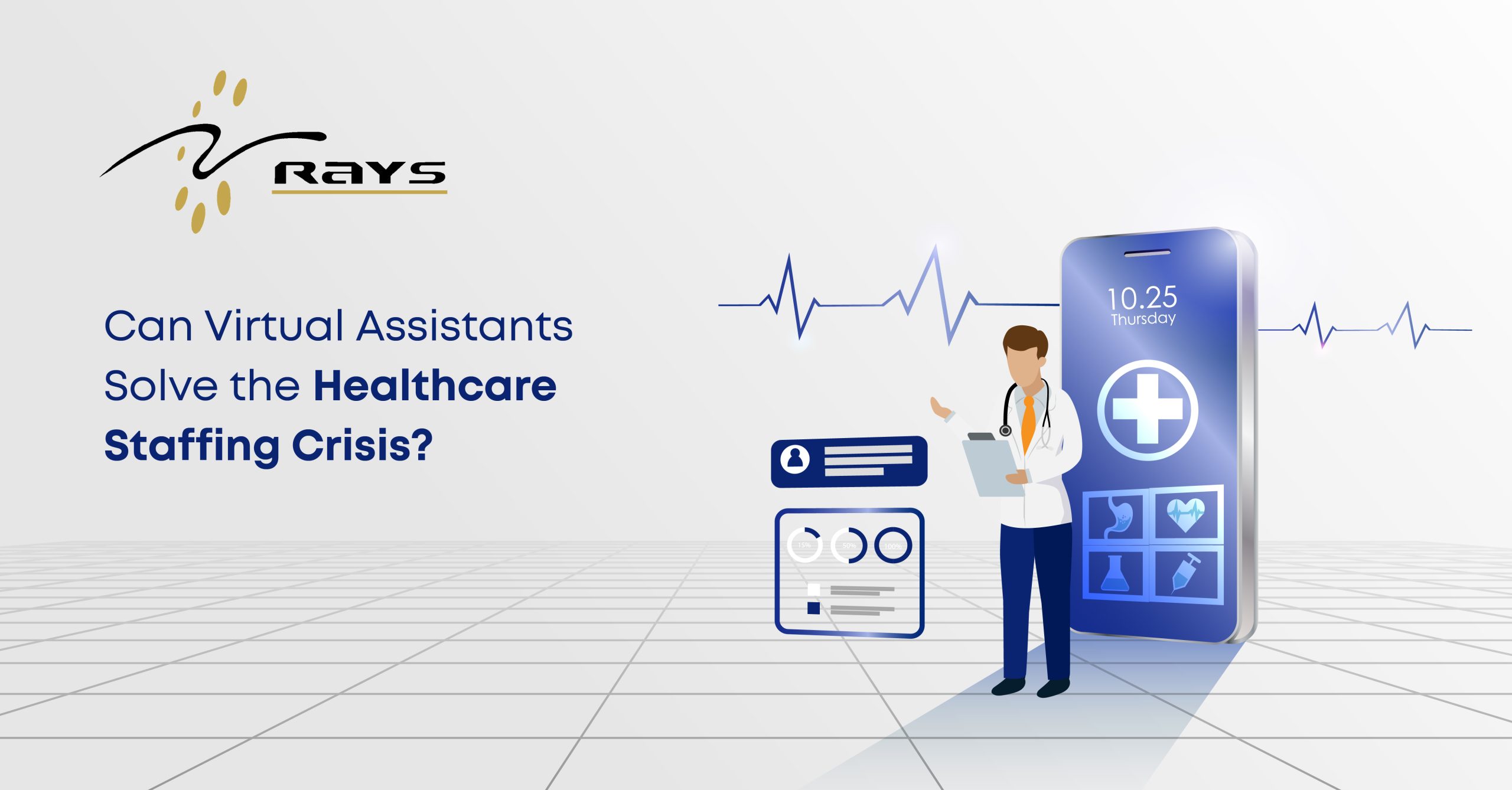The global healthcare industry is facing a critical staffing crisis. From overburdened hospitals to rural clinics struggling to retain talent, the shortage of qualified healthcare professionals is threatening patient care and system efficiency. In India, the situation is particularly dire—the national density of doctors, nurses, and midwives is just 20.6 per 10,000 people, far below the WHO recommendation of 44.5. This gap is even wider in rural areas, where doctor density is four times lower than in urban centres.
As healthcare systems search for scalable solutions, Virtual Healthcare Assistants (VHAs) are emerging as a powerful tool to alleviate staffing pressures and enhance care delivery.
What Are Virtual Healthcare Assistants?
Virtual Healthcare Assistants are AI-powered tools or remote professionals that support healthcare providers by automating administrative tasks, assisting in patient communication, and even aiding in clinical workflows. They can:
- Schedule appointments
- Verify insurance
- Send medication reminders
- Update electronic health records (EHRs)
- Provide telehealth support
These assistants operate 24/7, offering consistent and scalable support without the overhead of hiring full-time staff.
The Staffing Crisis: A Closer Look
A 2024 scoping review revealed that India is one of 57 countries with a clear shortage of healthcare workers, driven by factors like job dissatisfaction, brain drain, and lack of training. Globally, the shortage is projected to reach 10 million healthcare workers by 2030.
This shortage leads to:
- Increased burnout among existing staff
- Longer patient wait times
- Reduced quality of care
- Inequitable access, especially in remote regions
How Virtual Assistants Help
- Efficiency Gains: Clinics using VHAs saw 22% fewer missed appointments and 30% faster billing collections. VHAs automate up to 30% of routine tasks, freeing up staff for direct patient care.
- Burnout Relief: With 63% of physicians reporting burnout, VHAs reduce documentation and admin burdens, improving morale.
- Telehealth & Remote Monitoring: VHAs manage virtual visit logistics and integrate with wearables to monitor chronic conditions. This has led to a 30% reduction in missed virtual visits.
- Cost Savings: Clinics report 50–70% savings on staffing costs by outsourcing front-office duties to VHAs.
When AI Thinks Ahead: Real-Life Cancer Detection by ChatGPT
In a remarkable twist of modern medicine, ChatGPT has already shown its potential to assist in early disease detection. In one case, a woman named Marly Garnreiter turned to ChatGPT after her symptoms were repeatedly dismissed by doctors. The AI suggested she might have blood cancer—months before she was officially diagnosed with Hodgkin lymphoma. Another woman, Lauren Bannon, received a thyroid cancer diagnosis after ChatGPT flagged it, despite multiple misdiagnoses from physicians. These stories highlight how AI-powered assistants, when used responsibly, can complement human expertise and potentially save lives by catching red flags early.
Market Growth & Adoption
- Valued at $527.92 million in 2024, projected to reach $4.44 billion by 2032 with a CAGR of 30.5%.
- Over 65% of healthcare providers have integrated VHAs, with 61% reporting higher operational efficiency.
Limitations & Ethical Considerations
- Data privacy and HIPAA compliance are critical.
- Human touch in care delivery remains irreplaceable.
- Integration with legacy systems can be complex.
Conclusion
Virtual Healthcare Assistants are not a cure-all, but they are a strategic force multiplier in addressing the healthcare staffing crisis. By automating routine tasks, enhancing patient engagement, and supporting telehealth, VHAs empower healthcare providers to do more with less—especially in underserved regions.
As adoption grows, VHAs will become an integral part of hybrid care models, helping bridge the gap between demand and capacity in modern healthcare.
Data Sources & Credits
BMC Public Health (2024): Scoping review on healthcare workforce shortage in India
World Health Organization (WHO): Global healthcare workforce projections
SpringerLink & IRJMETS: Studies on virtual assistant effectiveness
Market Research Reports (2024): Healthcare virtual assistant market size and growth
News Reports (2024): ChatGPT-assisted cancer detection cases
Ready to Give Your Healthcare Team a Virtual Sidekick?
If your clinic or hospital could use a little less paperwork and a lot more peace of mind, our Virtual Healthcare Assistants are here to help. Whether you’re drowning in admin tasks or just curious about how AI can lighten the load, let’s talk!
Contact Rays TechServ today and discover how smart assistants can make your healthcare smarter.
 +1 (301) 610-3555
+1 (301) 610-3555
 +1 (301) 610-3555
+1 (301) 610-3555
 +91 70161 27118
+91 70161 27118






